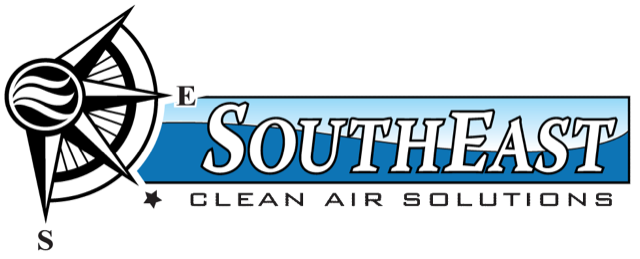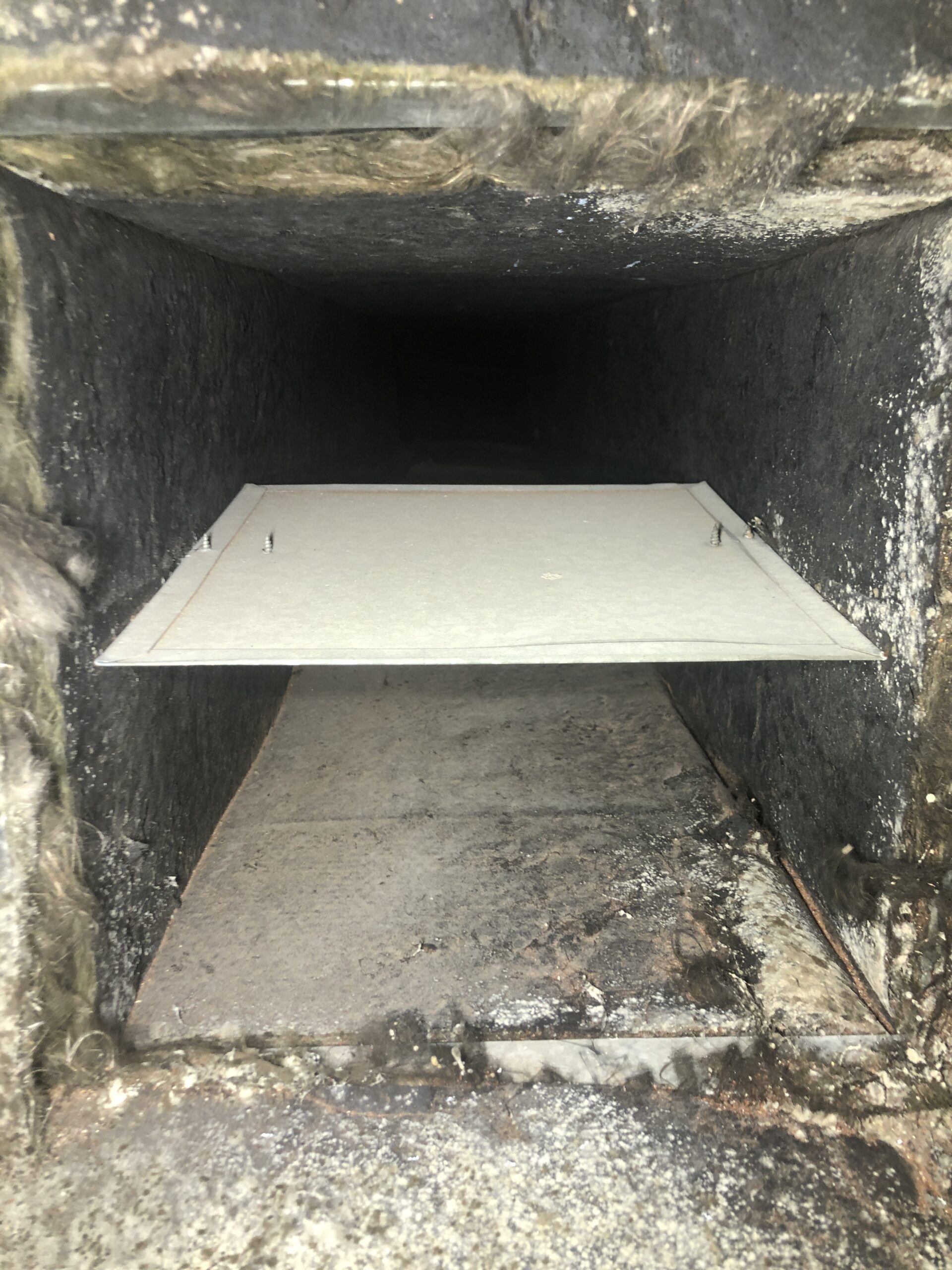In the hustle and bustle of daily life, it’s easy to overlook the unseen elements that affect our well-being. One such hidden culprit lurking within our homes and buildings is dirty air ducts. Often out of sight and out of mind, neglected air ducts can significantly compromise indoor air quality and inflate energy costs. In this blog post, we’ll delve into the ramifications of dirty air ducts, shedding light on their impact on both health and energy efficiency.
The Importance of Indoor Air Quality: Indoor air quality (IAQ) plays a crucial role in maintaining a healthy living environment. Poor IAQ can lead to a range of health issues, including respiratory problems, allergies, and exacerbation of existing conditions such as asthma. With people spending the majority of their time indoors, ensuring good IAQ is paramount.
The Role of Air Ducts: Air ducts serve as the circulatory system of a building, delivering heated or cooled air to different rooms. However, over time, these ducts can accumulate dust, dirt, pollen, mold, and even pests. As air passes through the dirty ducts, it picks up these contaminants, distributing them throughout the building and into the air occupants breathe.
Impact on Indoor Air Quality: Dirty air ducts act as breeding grounds for allergens and pathogens, contaminating the air and triggering allergic reactions and respiratory issues. Mold spores, in particular, thrive in moist environments within ducts, posing a serious health risk when circulated into living spaces. Moreover, accumulated dust and debris can aggravate respiratory conditions and contribute to a general feeling of discomfort.
Increased Energy Costs: Beyond health concerns, dirty air ducts also wreak havoc on energy efficiency. As contaminants accumulate, they restrict airflow, forcing HVAC systems to work harder to maintain desired temperatures. This increased strain not only leads to higher energy consumption but also shortens the lifespan of HVAC equipment, resulting in costly repairs and replacements.
The Solution: Air Duct Cleaning: Fortunately, the solution to this problem is straightforward: regular air duct cleaning. By enlisting the services of professional duct cleaners, homeowners and building managers can remove built-up contaminants, restore airflow, and improve indoor air quality. Additionally, duct cleaning can enhance energy efficiency, reducing utility bills and prolonging the life of HVAC systems.
Dirty air ducts pose a dual threat to indoor environments, compromising both air quality and energy efficiency. By recognizing the importance of clean air ducts and taking proactive measures to maintain them, individuals can create healthier living spaces and reduce their carbon footprint. Investing in regular duct cleaning not only safeguards against health hazards but also promotes sustainable living practices. Remember, when it comes to indoor air quality and energy efficiency, the path to improvement starts with clean ducts.

